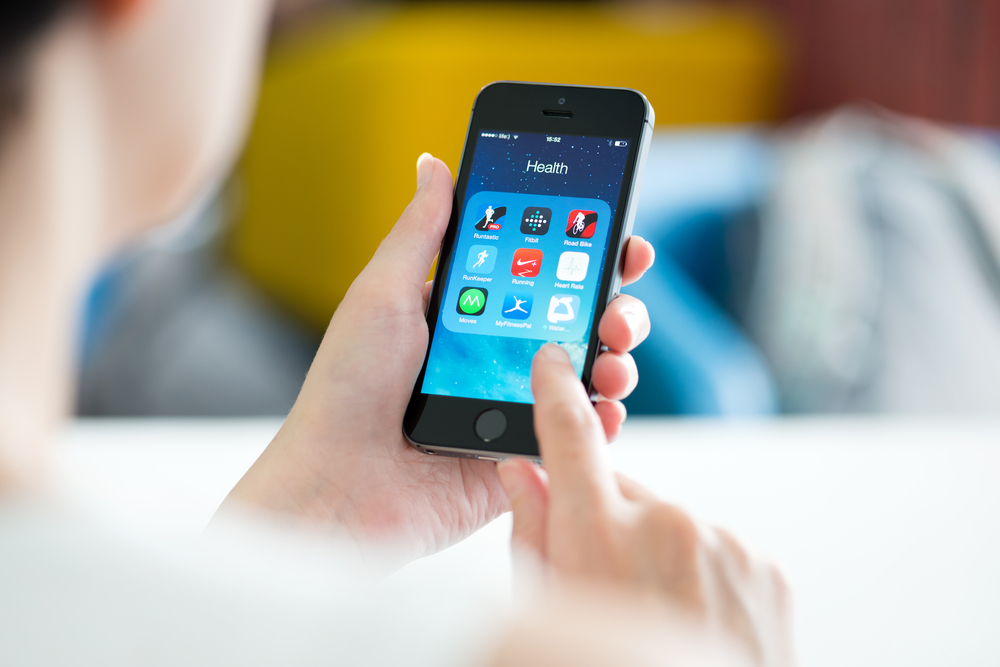The marketplace for medical and health apps is booming. Right now, more than 125,000 health- and medicine-related apps are available in iOS and Android’s app stores, and the industry is slated to become a $26 billion business by 2017. Yet not all health apps are high-quality, useful, or even safe. And while the FDA has begun regulating certain categories of medical apps, it’s a slow process.
Meanwhile, what can doctors do to steer patients to the best apps? These suggestions are a good place to start.
Separating the good from the bad
To assist in sorting the wheat from the chaff when it comes to the huge range of health apps out there, IMS Health is stepping up to help doctors prescribe mobile apps to patients. The company has created a proprietary app-scoring system based on a composite score that incorporates customer ratings, download volume, functional review, prescribing patterns, and engagement metrics.
“We’re not at the point where the vast majority of hospitals are going to accept this concept because it’s not yet common behavior for doctors to think about digital tools to achieve outcomes,” Michael Krupnick, the director of product management at IMS Health, told mHealth News. “So we’re making it easier for them to figure out what’s good and what’s bad.”
The free version of the company’s Appscript platform contains a curated list of some 100 apps considered by IMS reviewers to be noteworthy. Doctors can sign up for Appscript by providing their email address and National Provider Identifier number. Once registered, they can search apps by disease or patient condition. Once they choose an app, they can email an electronic prescription to a patient. The patient then logs in and downloads the app.
As FDA approvals and insurance reimbursements catch up, expect to see more prescription-only apps for managing chronic diseases. One such app available now is WellDoc’s BlueStar Diabetes, which allows people with type 2 diabetes to input data about their glucose levels, diet, exercise, and other factors. The app then analyzes the data and gives the patient immediate guidance and feedback, and provides a detailed summary for their doctor.
Best free apps for patients
If you’re not ready or feel it’s not necessary to go the route of formally prescribing medical apps to your patients, you can still point them in the direction of reputable health and wellness apps. Physicians Practice recently published a list of the best free apps for patients, which include Drug.com’s Pill Reminder, MyFitnessPal, and Omvana, a relaxation and meditation app.
Likewise, Apple released its own list of the best new health apps for 2014. Picks include SmokeFree, an app that helps users quit smoking by showing them how much money they’ve saved since quitting and what regenerative steps their body has made since they stopped, and AskMD, where users choose their symptoms and receive a “consultation” and and a list of potential health issues .
The key with any health or medical app is to make sure patients know that no app or technology can substitute for a trusted doctor-patient relationship. The best apps will enhance communication, educate patients, and empower them to become more involved participants in their health care.
For more information about using apps and technology in your medical practice, or for a demo of Rendia, our internet-based patient education software, contact us today.
Image Source: Bloomua / Shutterstock.com

